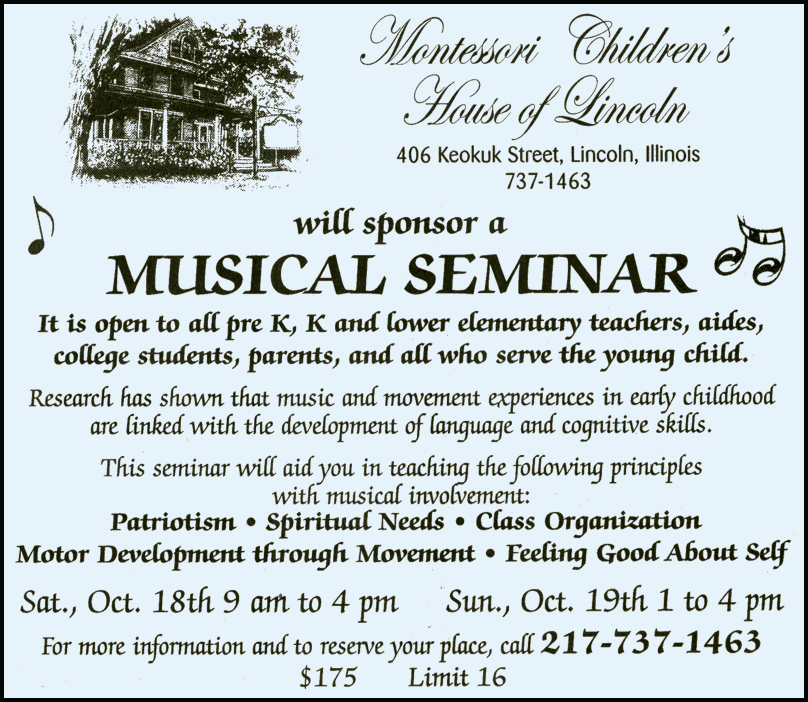 |
Other
News... sponsored by Richardson Repair |

 3 win Nobel for subatomic physics research
3 win Nobel for subatomic physics research
[October 07, 2008]
STOCKHOLM, Sweden (AP)
--
American Yoichiro Nambu, 87, of the University of Chicago, won half of the prize for the discovery of a mechanism called spontaneous broken symmetry in subatomic physics. Makoto Kobayashi and Toshihide Maskawa of Japan shared the other half of the prize for discovering the origin of the broken symmetry that predicts the existence of at least three families of quarks in nature.
|
"Spontaneous broken symmetry conceals nature's order under an apparently jumbled surface," the academy said in its citation. "Nambu's theories permeate the standard model of elementary particle physics. The model unifies the smallest building blocks of all matter and three of nature's four forces in one single theory." The Japanese-born Nambu moved to the United States in 1952 and is a professor at the University of Chicago, where he has worked for 40 years. He became a U.S. citizen in 1970. "As early as 1960, Yoichiro Nambu formulated his mathematical description of spontaneous broken symmetry in elementary particle physics," the citation said. "Spontaneous broken symmetry conceals nature's order under an apparently jumbled surface. It has proved to be extremely useful, and Nambu's theories permeate the Standard Model of elementary particle physics." Kobayashi and Maskawa "explained broken symmetry within the framework of the standard model but required that the model be extended to three families of quarks." Kobayashi, 64, works for the High Energy Accelerator Research Organization, or KEK, in Tsukuba, Japan. Maskawa, 68, is with the Yukawa Institute for Theoretical Physics at Kyoto University in Japan. "The spontaneous broken symmetries that Nambu studied, differ from the broken symmetries described by Makoto Kobayashi and Toshihide Maskawa," the academy said. "These spontaneous occurrences seem to have existed in nature since the very beginning of the universe and came as a complete surprise when they first appeared in particle experiments in 1964." The academy added that it was only in recent years that scientists have been able to confirm the explanations that Kobayashi and Maskawa proffered in 1972. "These predicted, hypothetical new quarks have recently appeared in physics experiments. As late as 2001, the two particle detectors BaBar at Stanford ... and Belle at Tsukuba, Japan, both detected broken symmetries independently of each other. The results were exactly as Kobayashi and Maskawa had predicted almost three decades earlier," the citation said. The trio will share the 10 million kronor (US$1.4 million) purse, a diploma and an invitation to the prize ceremonies in Stockholm on Dec. 10. ___ On the Net: [Associated
Press; Copyright 2008 The Associated
Press. All rights reserved. This material may not be published,
broadcast, rewritten or redistributed. |
 |
